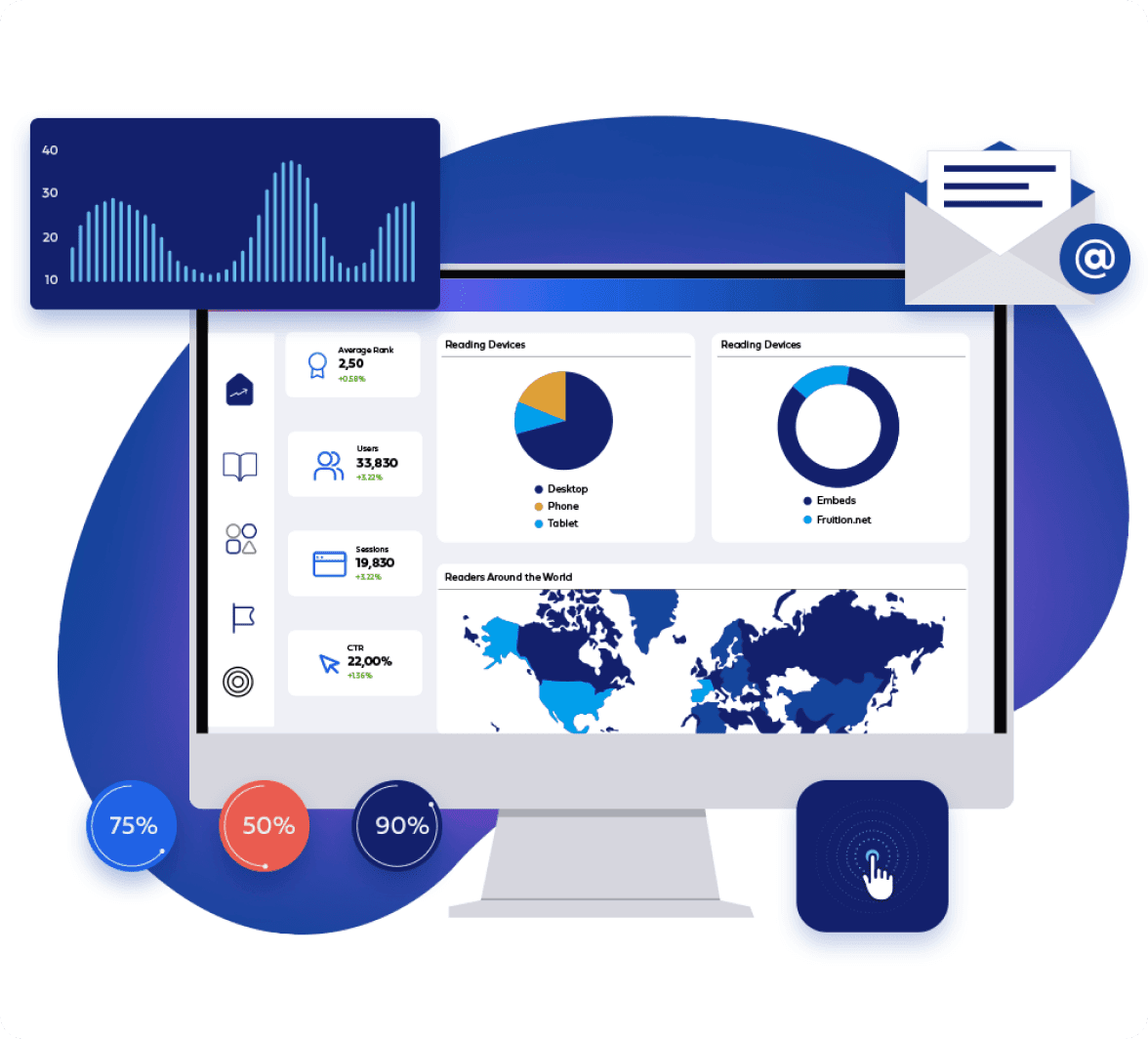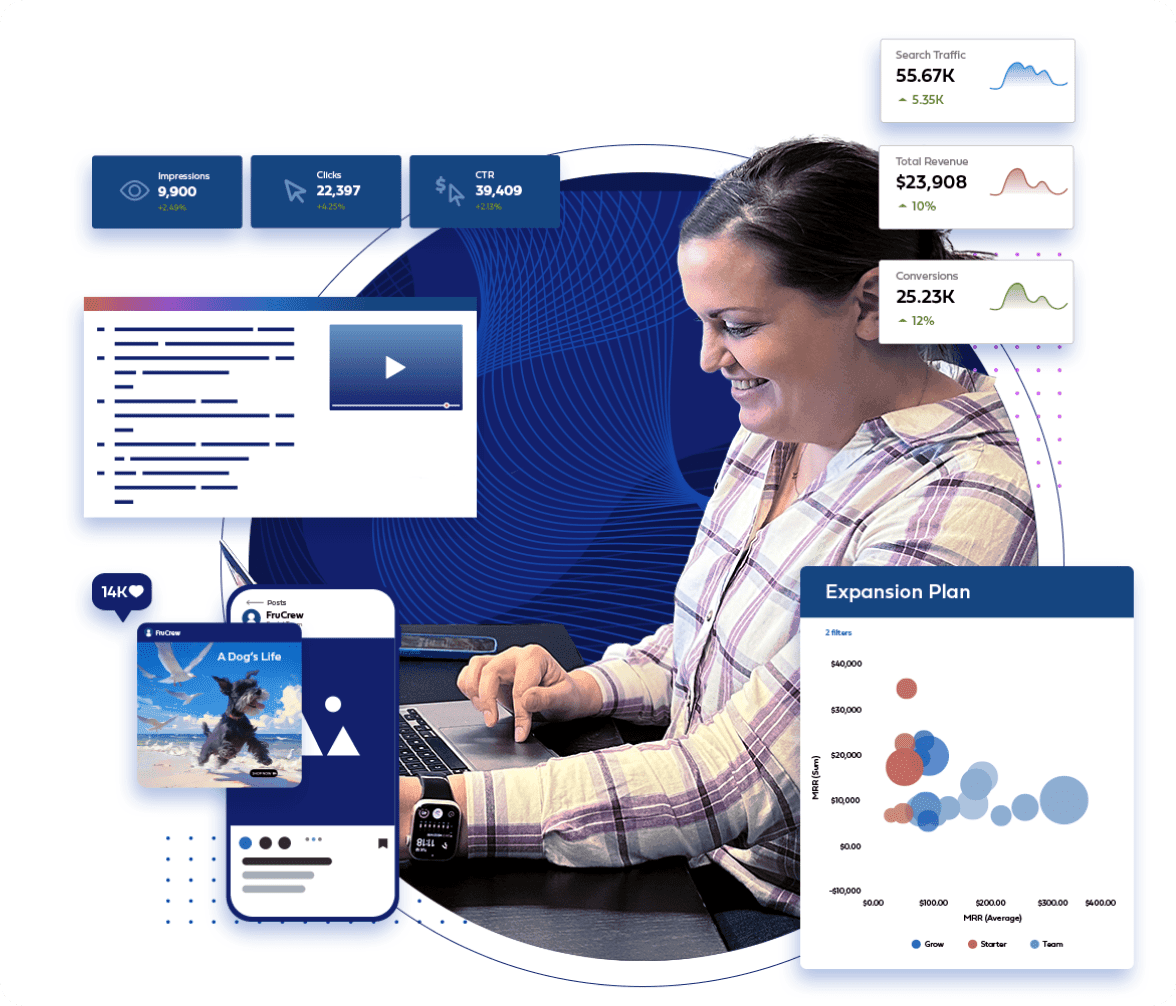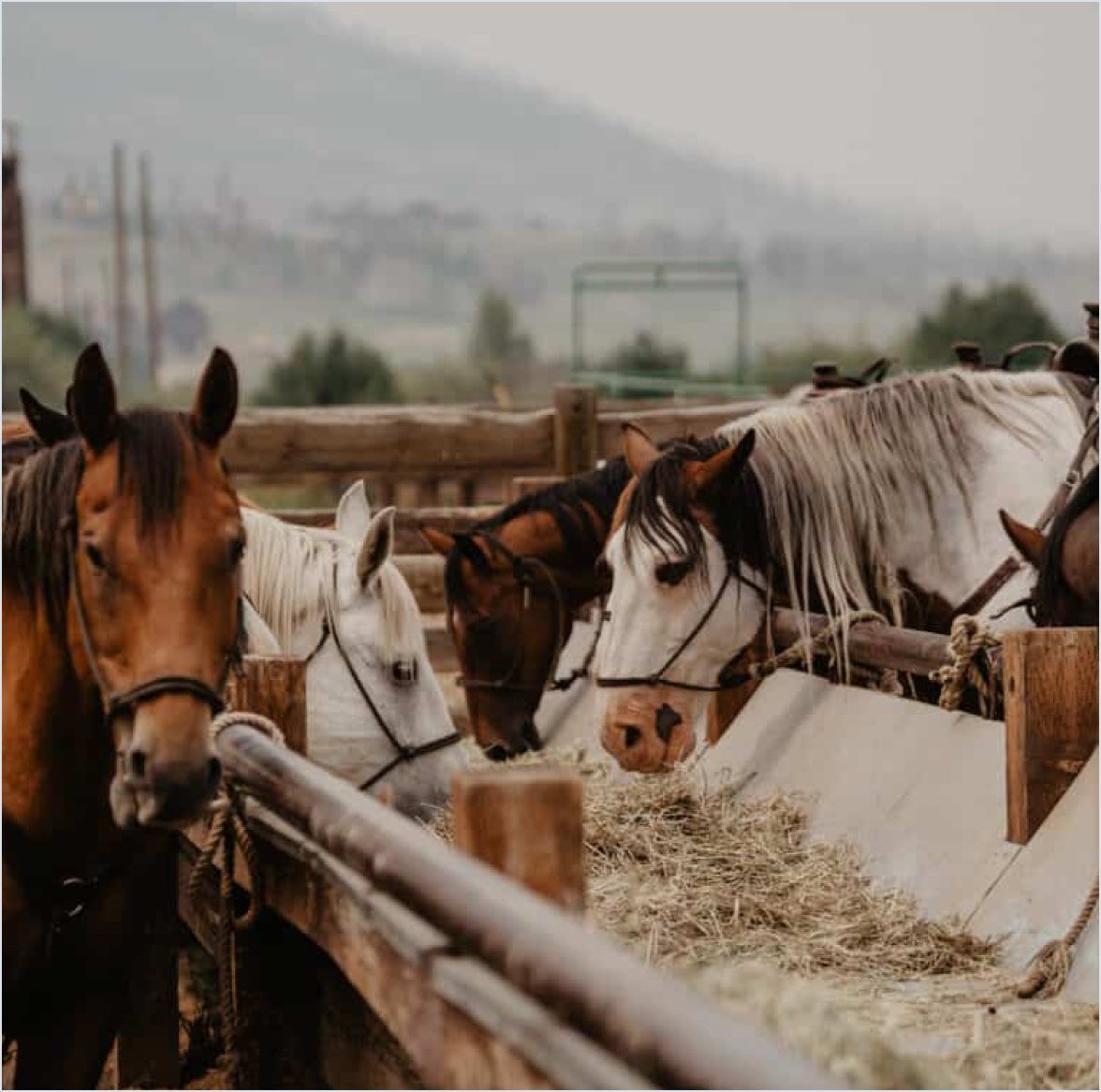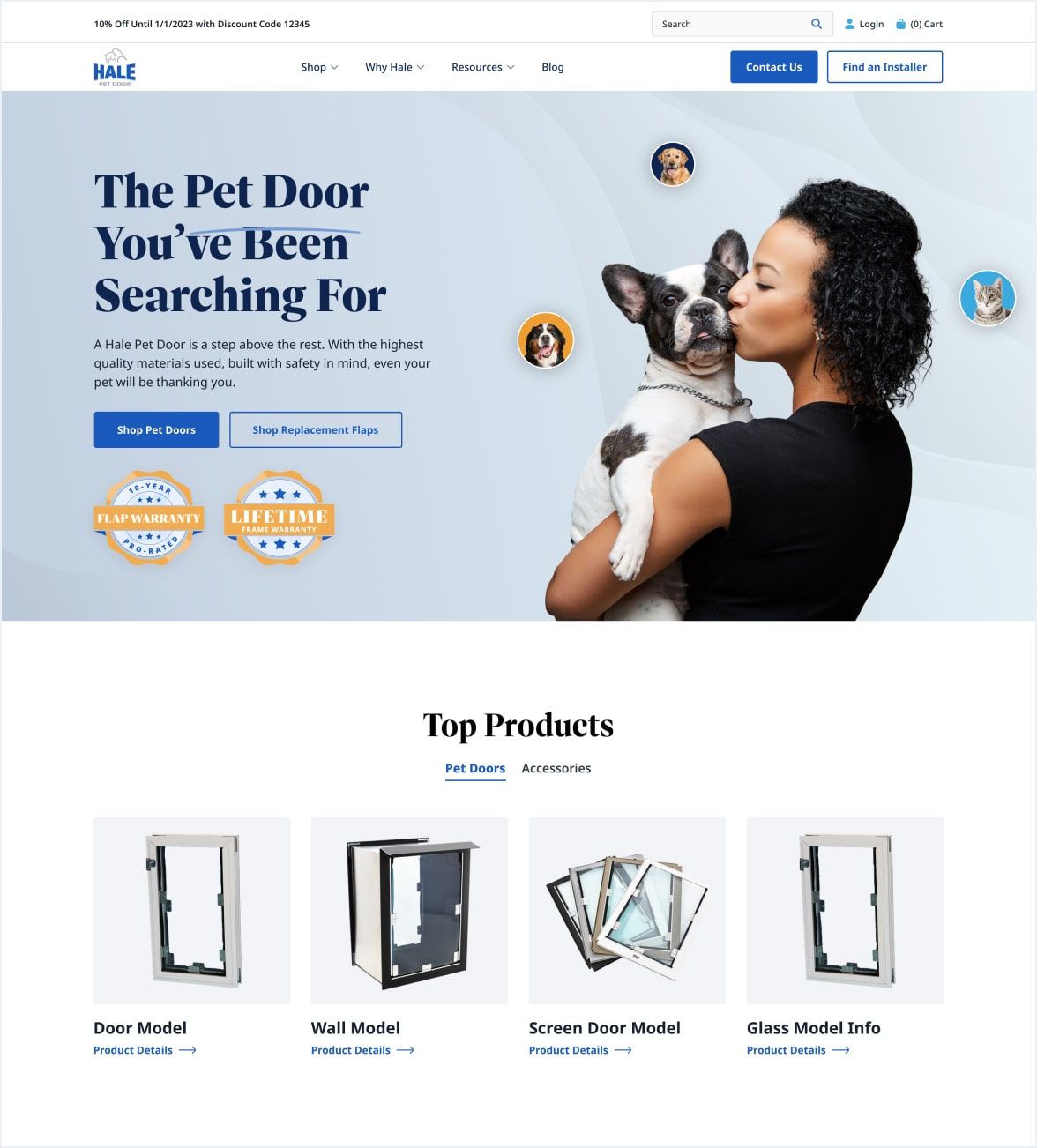
Content Marketing: Crafting Compelling Stories that Captivate & Connect
Our Content team's recent success stories
Whether you're a small business owner or a global corporation, investing in quality content writing is a surefire way to attract, engage, and convert your audience in the digital age.
We Don't Just Write -- We Drive Results
Connect with your customers & transform them into brand advocates with our expert content writing and strategy services.

Discover your authentic brand voice to strengthen your messaging and connect with your audience.



